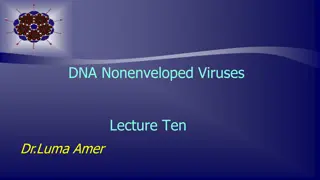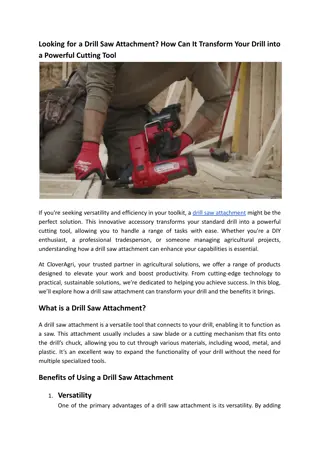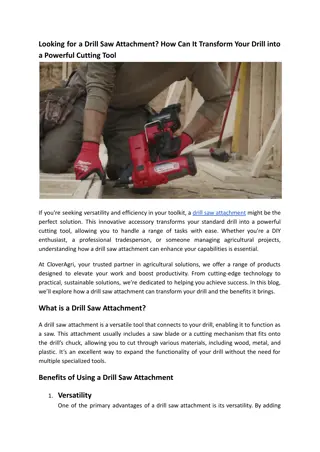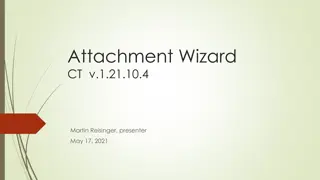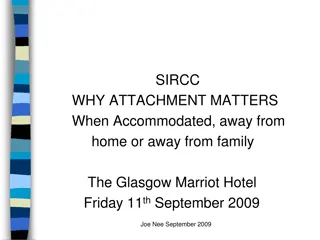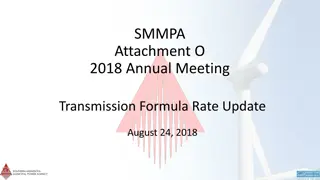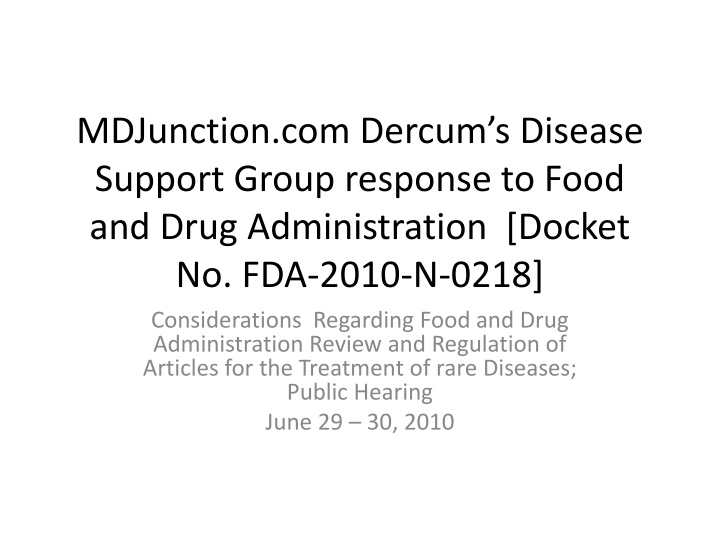
Dercum's Disease: Rare Condition & Treatment Challenges
Dercum's Disease, also known as Adiposis Dolorosa, is a rare condition characterized by painful lumps on the body, often leading to disability. There is no known cause or cure, making diagnosis challenging. Traditional treatments like weight loss and exercise are ineffective, requiring non-traditional approaches such as Chinese medicine and experimental therapies to manage symptoms. Learn about the struggles faced by patients and the ongoing need for research and support.
Download Presentation

Please find below an Image/Link to download the presentation.
The content on the website is provided AS IS for your information and personal use only. It may not be sold, licensed, or shared on other websites without obtaining consent from the author. If you encounter any issues during the download, it is possible that the publisher has removed the file from their server.
You are allowed to download the files provided on this website for personal or commercial use, subject to the condition that they are used lawfully. All files are the property of their respective owners.
The content on the website is provided AS IS for your information and personal use only. It may not be sold, licensed, or shared on other websites without obtaining consent from the author.
E N D
Presentation Transcript
MDJunction.com Dercums Disease Support Group response to Food and Drug Administration [Docket No. FDA-2010-N-0218] Considerations Regarding Food and Drug Administration Review and Regulation of Articles for the Treatment of rare Diseases; Public Hearing June 29 30, 2010
Good morning/afternoon. I am here representing the MDJunction.com Dercum s Disease Support Group. My name is Teresa Hickman and I have Dercum s Disease. Because most people have never heard of Dercum s (or Adiposis Dolorosa) I d like to describe our disease before I address the questions.
Dercums Disease was first named in 1888. 120 years later there still has been no cause or cure identified and additional research is badly needed. We are fortunate to have ONE doctor who actively treats and researches this disease. She is the ONLY one in the United States doing this. As you can imagine it is very hard to get a diagnosis. We believe there are many more people who have not been diagnosed. Our symptoms are multiple and varied. The primary characteristic is lumps or lipomas appearing on much of the body. The lumps are painful. Sensations of itching and burning accompany the growth of new lumps. Other symptoms seen in Dercum s patients include overwhelming fatigue, muscle pain and weakness, unwarranted weight gain, difficulty sleeping, and depression. The disease is progressive and often leads to limited mobility and disability. The next slide shows examples of lipomas.
Different types of lipomas seen in Dercum s patients
Dercums is a disease that goes against medical teachings. Lose weight and exercise is heard from many doctors. A paper published by Brorson and Fagher in 1996 reported that Dercum s patients often weigh 50% more than their normal weight. This weight is not lost by dieting. Strenuous exercise causes increased pain and often an increase in lipoma size or number. Lumps can be removed but it has been seen over and over that most grow back often in multiples. We don t respond well to traditional pain medicines like opioids so it is difficult to stop the pain.
So how do we treat it? We try non-traditional methods like Chinese medicines or we use medicines intended for other purposes such as cimetadine, statins and aspirin. We search for treatment such as lidocaine infusions to stop the pain. We try equipment that uses microcurrent or gravity to ease the pain and alter the flow of lymph in our bodies. Most of these are not identified as treatment for Dercum s so are not covered by insurance.
Now that Ive described what we face I would like to address the hearing questions. Question #1 Orphan drugs are reviewed under the same process as non-orphan drugs. Our answer: Orphan drugs are often new and critical to the quality of life in those with rare diseases. Using an expedited review process for orphan drugs offers hope more quickly.
Question #2 FDA uses an HUD to determine whether or not a medical device can be used to treat or diagnose a rare disease. 4000 patients are needed to make an HUD determination. Our answer: 4000 is an unrealistic number in our case. There are less than 500 people with this diagnosis that we can identify on support groups, web sites or blogs or who have visited our doctor. It would take 10 or more years to get 4000 people and we are suffering now. Our group would like to propose that new medical devices be tested on 100 patients and reviewed at the end of 12 months for any adverse effects. If none are found, the device should be approved with a caution that the test population was small. Let the patient decide if he or she wants to take the risk.
Question #3 Current regulations for the approval of an HUD require a discussion of the scientific rationale for use and an explanation of why the benefit outweighs the risk taking into account probable risks and benefits of current devices or treatments. Our answer: Definitely we need to know the benefits versus the risks. However, we still have relatively few treatments that have proved to be successful. New devices and treatments should be evaluated on their own without comparison. Again we recommend using the sample group of 100 to make recommendations and to approve the use with a cautionary statement.
Question #4 Comment on current processes for rare disease stakeholders to communicate with FDA regarding rare disease article development. Our answer: We applaud the use of patient representatives on FDA committees. We greatly appreciate that you recognize the value of the patient s perspective. We would like to see an increase in the communication about FDA processes and hearings. If our group wasn t a NORD partner, we would not have been aware of this opportunity. If FDA can broaden announcements or contact key members of groups representing the rare disease, it would be beneficial.
I thank you for your time and attention and for giving our group the opportunity to share our perspective. Additional information about our group can be found at www.mdjunction.com/dercums-disease MDJunction Dercum s Disease Group Leaders




